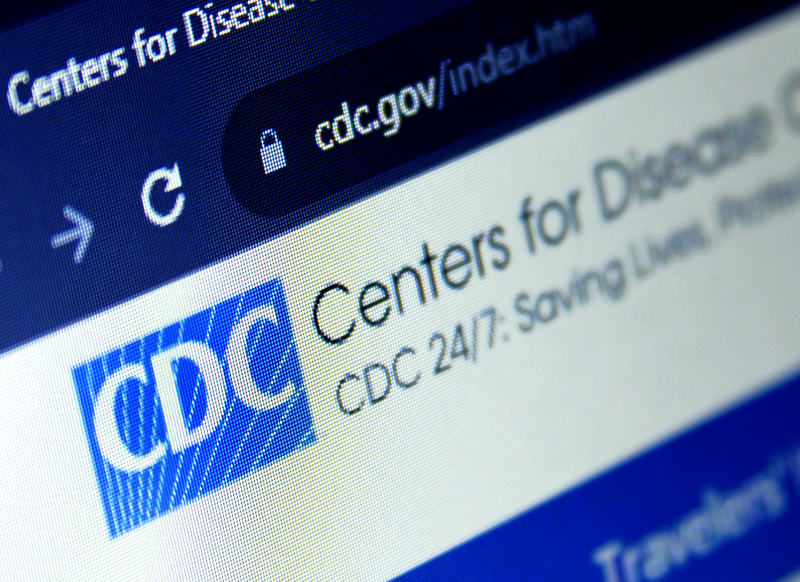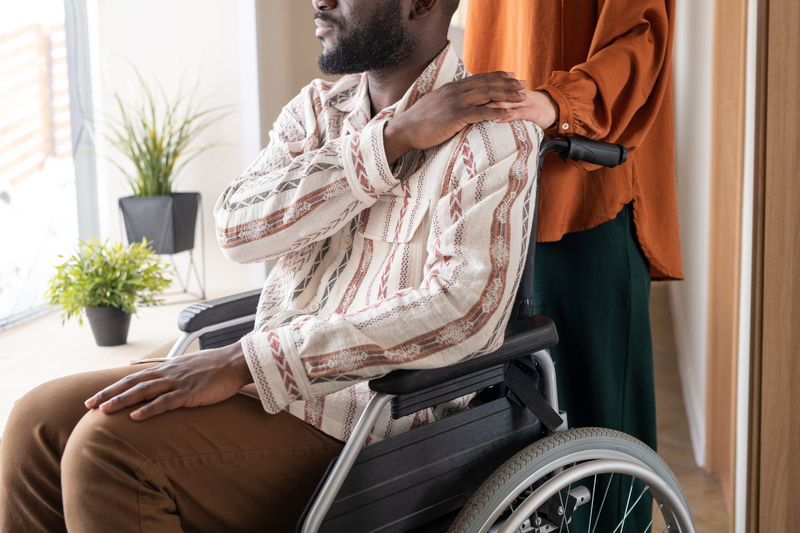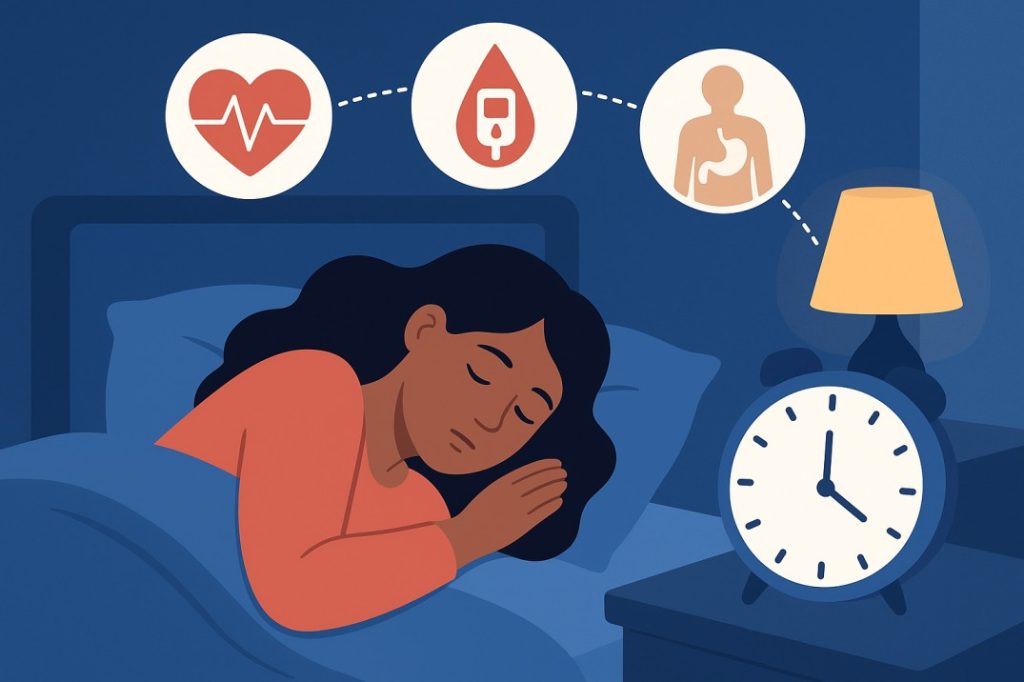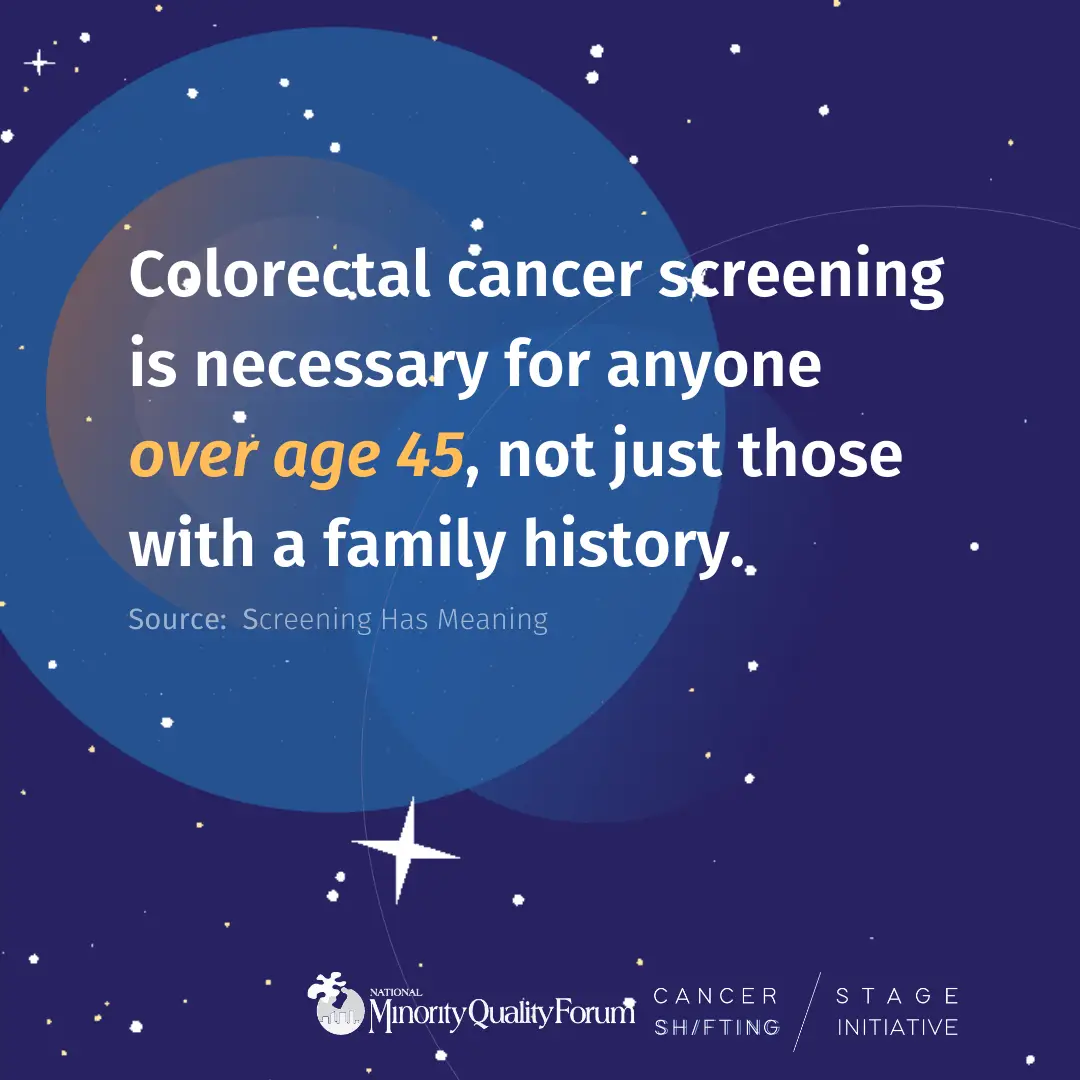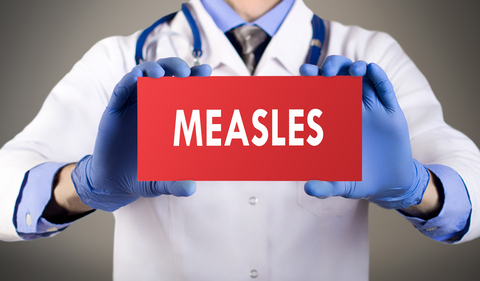Diabetes
An Intermountain Health physician and leader works to tackle diabetes among Indigenous populations in the South Pacific
…s leaders continues to be a driving force in helping to address diabetes among indigenous communities.
Dr. Rob Ferguson, chief medical offic...
NMQF's Community-Focused DRIVE Program Improves Diabetes Outcomes in Oakland
A recent study has demonstrated that a community-driven diabetes management program can significantly enhance health outcomes for people with Type ...
- FYH News Team
Congresswoman Waters Introduces Minority Diabetes Initiative Act in honor of National Diabetes Month – The Los Angeles Post
WASHINGTON – Congresswoman Maxine Waters (CA-43), Ranking Member of the Committee on Financial Services, introduced the Minority Diabetes Initiativ...
'I didn't expect to be so close to being diabetic': beliefs of prediabetes and diabetes prevention among Hispanic men at a federally qualified heal...
Objectives:
Prediabetes is disproportionately prevalent in Hispanic men in the United States. Weight management, such as through lif...
Proteomic analysis identifies novel biological pathways that may link dietary quality to type 2 diabetes risk: evidence from African American and A...
Background:
Diet affects the development of chronic diseases such as type 2 diabetes, but the underlying biological mechanisms are only partly und...
This Indigenous Trainer Helps Elders Fight Diabetes
This Indigenous Trainer Fights Poor HealthKasey Kauakahi
This story is part of Indigenous in Fitness, a series of articles highlighting the challe...
Trending Topics
Features
- Drive Toolkit
Download and distribute powerful vaccination QI resources for your community.
- Health Champions
Sign up now to support health equity and sustainable health outcomes in your community.
- Cancer Early Detection
MCED tests use a simple blood draw to screen for many kinds of cancer at once.
- PR
FYHN is a bridge connecting health information providers to BIPOC communities in a trusted environment.
- Medicare
Discover an honest look at our Medicare system.
- Alliance for Representative Clinical Trials
ARC was launched to create a network of community clinicians to diversify and bring clinical trials to communities of color and other communities that have been underrepresented.
- Reducing Patient Risk
The single most important purpose of our healthcare system is to reduce patient risk for an acute event.



